
By Kyle Durant, SCA Interpretive Ranger
Nestled in the heart of southwestern New Hampshire, under a canopy of hemlock and red maple, stands the largest grove of rhododendrons in northern New England. Each year in late June and July Rhododendron State Park bursts with beautiful flowers and enticing scents.
Located in sleepy Fitzwilliam New Hampshire, Rhododendron State Park offers miles of trail that weave through rhododendron groves and wildflower patches. It also allows access to Little Monadnock Mountain for those climbing enthusiasts. The focal point of the park is a 16-acre grove of rhododendron accessed by the rhododendron loop, an encompassing trail which takes visitors deep into the grove.
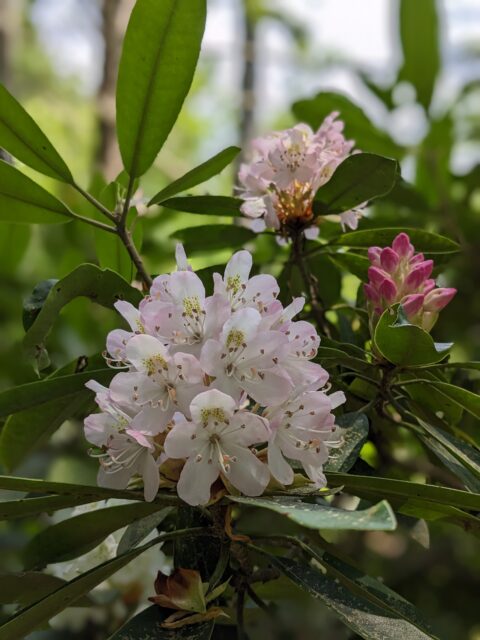
Rhododendron is a flowering evergreen shrub. They prefer acidic, well-drained soil and are highly shade tolerant. These gorgeous plants can be found across the eastern United States both in the understory of forests but also clinging to mountainsides.
While they are prevalent across the south, they can also be found in New England, the northernmost point in their range. They appear in small patches throughout the region, and the largest is right here in New Hampshire. In 1788, Revolutionary War veteran Captain Samuel Patch settled the land surrounding the Grove. He and his son built a home affectionately known as the “Old Patch Place,” between the years of 1790 and 1816. This home still resides on the property, located beside the park entrance. Upon Captain Patch’s death the property changed hands until Stephen Follensbee purchased it in 1865. Follensbee set up a business selling potted rhododendron, bottled monadnock spring water, and silica which he advertised as, “Silverette, Flour of the Forest.” The business was so successful there was even a mail-order service. His ownership of the property represents the height of its prominence.
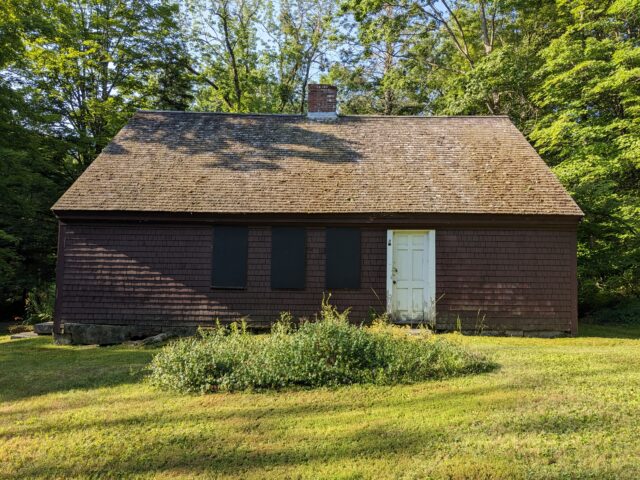
After Follensbee released ownership, the land changed hands once more until, in 1901, owner Levi Fuller intended to sell it to be lumbered off. In true New Hampshire fashion, local horticulture enthusiast Miss Mary Lee Ware jumped into the fray, purchased the property, and gifted it to the Appalachian Mountain Club on the condition that the grove and surrounding forest, “…be held as a reservation property protected and open to the public…. forever.” Once the AMC no longer had use for the property, they transferred it to New Hampshire State Parks where it resides today as our only botanical park.
It is a miracle the grove survived the industry and logging that defined New Hampshire’s colonial past. What Mary Lee Ware and countless other naturalists worked to preserve is on full display each summer. The rhododendrons grow in dense thickets. They reproduce through pollination as well as asexually through a process called layering. Layering occurs when a branch adjacent to the ground sprouts new roots. That’s convenient because these trees boast dense tangles of branches. They can grow up to 15-20ft high, and in some places completely cover the trail in a canopy known as a laurel slick. If the grove is especially dense these are also called laurel hells. Walking through the loop trail can feel like you’ve stepped into a different part of the world, it almost feels like a jungle.
The rhododendrons provide an excellent environment for other wildflowers to flourish. If you can manage to, turn your gaze to the forest floor to spot these fascinating flowers.
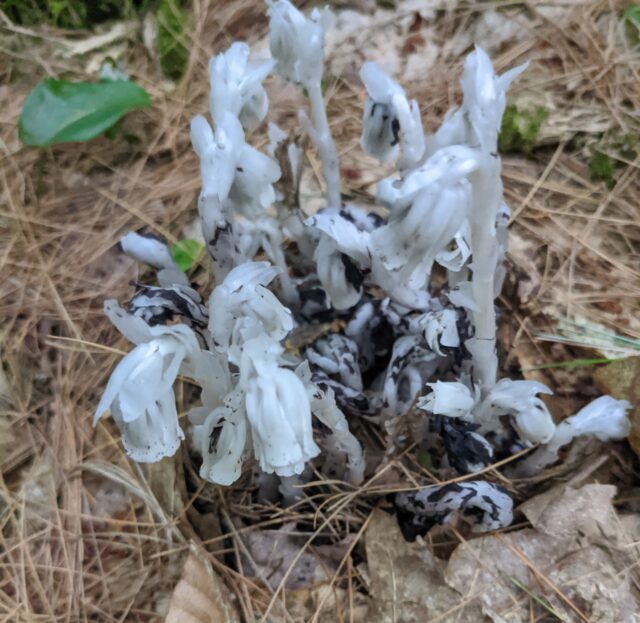
Reaching from the ground like the hand of a zombie, ghost pipe, also known colloquially as indian pipe or corpse plant, is an eerie sight. What this white flower lacks in chlorophyll it makes up for in parasitic tendencies. Its roots feed off of the network of fungi below. Find it growing beneath the shade of rhododendron plants.
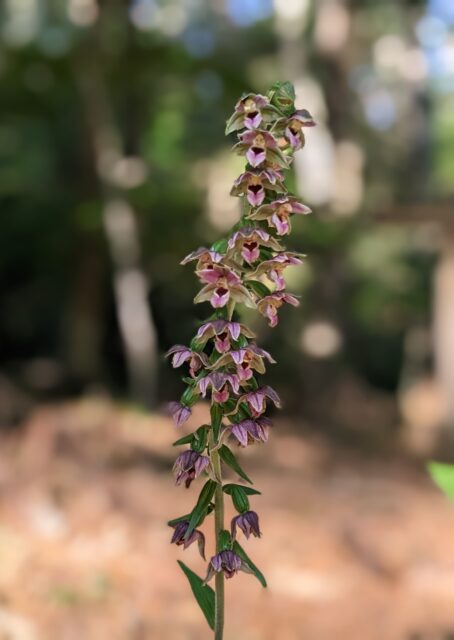
Growing in small patches along the trails edge you’ll see the long green sprouts of the broad-leaved helleborine. This red and green orchid can be found flowering from June to September.
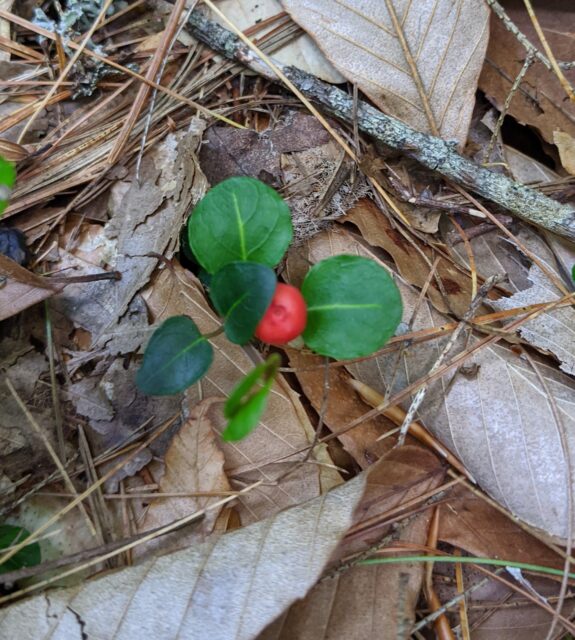
The cheer inspiring wintergreen sprouts white flowers in July and August. But you’ll often spot them by their iconic red berries which form in the fall and often persist through the winter months.
Whether you are intent on visiting during peak bloom or simply looking for a quiet stroll, Rhododendron State Park offers visitors a trek into a forest rich with wildflowers. I would recommend this park any time of the year, its highly accessible and boasts a diverse ecosystem unlike any other in New Hampshire! Plan your next visit here: NH State Parks – Rhododendron State Park
The post Stop and Smell the Roses at Rhododendron State Park appeared first on NH State Parks.
